Home>Gardening & Outdoor>Landscaping Ideas>How To Grow Shade Grass
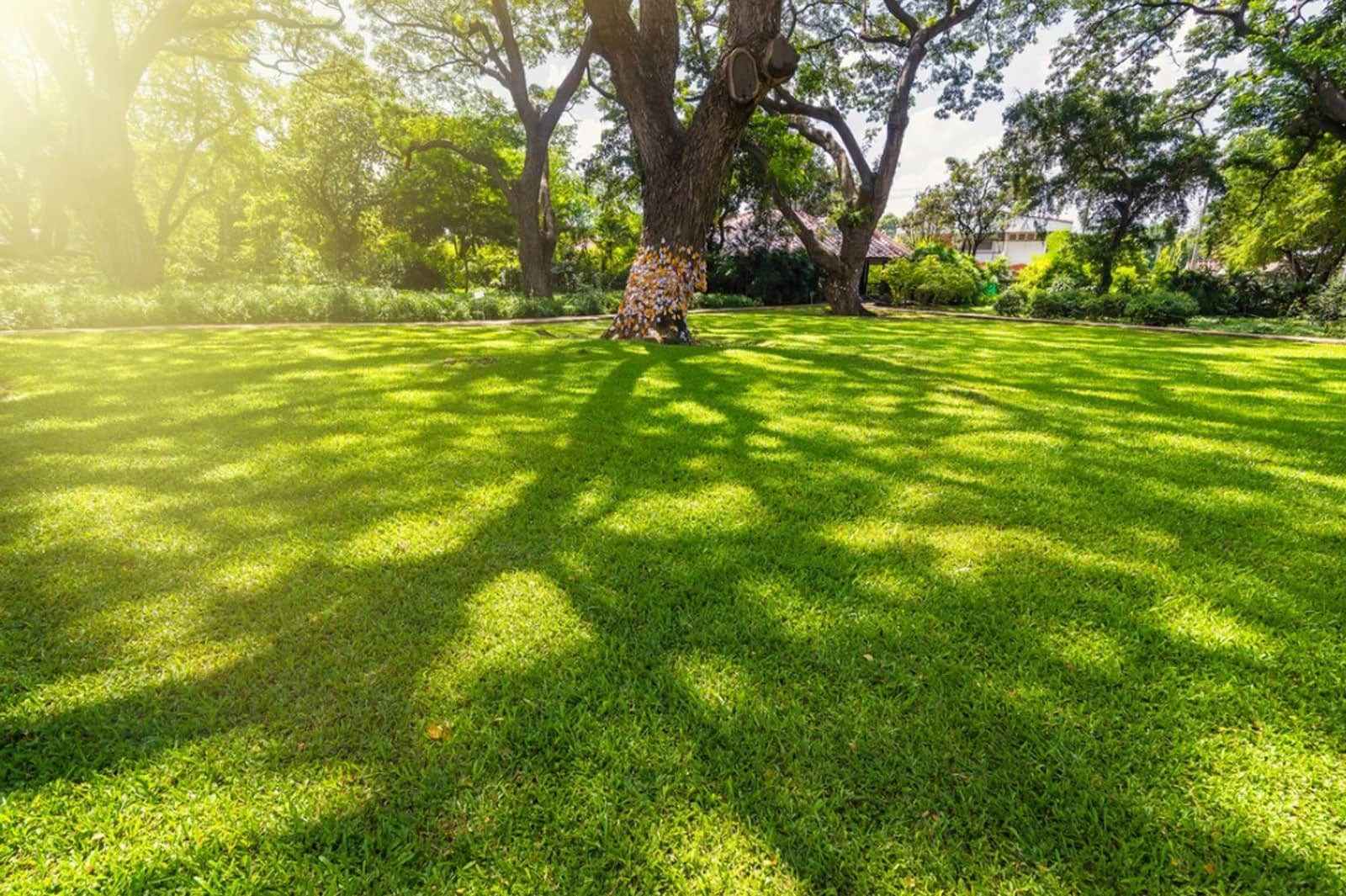

Landscaping Ideas
How To Grow Shade Grass
Modified: March 21, 2024
Discover effective landscaping ideas for growing shade grass to transform your outdoor space. Enhance your yard with our expert tips and techniques.
(Many of the links in this article redirect to a specific reviewed product. Your purchase of these products through affiliate links helps to generate commission for Storables.com, at no extra cost. Learn more)
Introduction
Welcome to the world of shade grass! Whether you have a lush backyard with a few shady spots or a garden that’s predominantly shaded, finding the right type of grass to thrive in these conditions is crucial. In this comprehensive guide, we’ll explore the nuances of cultivating shade grass, from understanding its unique requirements to selecting the perfect variety for your specific environment. By the end of this journey, you’ll be equipped with the knowledge and confidence to transform those shaded areas into verdant, inviting spaces.
Shade grass not only enhances the aesthetic appeal of your outdoor areas but also provides a comfortable, cool retreat during the sweltering summer months. However, achieving a thriving shade grass lawn requires careful consideration of factors such as soil quality, light levels, and maintenance practices. We’ll delve into these aspects, offering practical insights and expert tips to help you navigate the nuances of cultivating and maintaining shade grass.
So, whether you’re a seasoned gardener looking to revitalize a shaded lawn or a novice enthusiast eager to explore the world of landscaping, this guide is your go-to resource for all things shade grass. Let’s embark on this green-fingered adventure and unlock the secrets to nurturing vibrant, resilient shade grass in your outdoor oasis.
Key Takeaways:
- Shade grass thrives in low-light areas and requires careful selection based on shade levels, climate, and intended use. Preparing the soil and providing attentive care are essential for nurturing a vibrant, resilient lawn.
- Common challenges in shaded areas, such as tree root competition and poor drainage, can be addressed through strategic solutions. Proactive care and targeted maintenance help fortify shade grass against potential obstacles.
Read more: Which Grass Grows In Shade
Understanding Shade Grass
Shade grass, as the name suggests, refers to grass varieties that are specifically tailored to thrive in shaded or partially shaded environments. Unlike sun-loving grasses, shade grasses have adapted to make the most of limited sunlight, making them ideal for areas that receive minimal direct light, such as under trees, alongside buildings, or in north-facing yards.
One of the key characteristics of shade grass is its ability to tolerate low light conditions. This resilience is attributed to the genetic makeup of shade grass varieties, which enables them to photosynthesize and grow effectively with reduced sunlight. Additionally, shade grasses often feature finer blades and a lusher, denser growth habit, which further enhances their suitability for shaded areas.
Understanding the specific light requirements of shade grass is essential for successful cultivation. While some shade grass varieties can thrive in deep shade, others are better suited to dappled or partial shade. By assessing the light patterns in your outdoor space, you can identify the most suitable shade grass variety to ensure optimal growth and vitality.
Furthermore, it’s important to recognize that shade grasses may exhibit varying levels of tolerance to other environmental factors, such as soil moisture, pH levels, and temperature. By familiarizing yourself with the unique characteristics of different shade grass species, you can make informed decisions when selecting the most compatible variety for your specific landscape.
As we delve deeper into the world of shade grass, we’ll explore the diverse range of species and cultivars available, each with its own distinct traits and advantages. By gaining a comprehensive understanding of shade grass and its requirements, you’ll be well-equipped to embark on the journey of transforming shaded areas into vibrant, resilient green spaces.
Choosing the Right Shade Grass
When it comes to selecting the ideal shade grass for your outdoor space, several factors come into play. Understanding the specific requirements of different shade grass varieties and assessing your landscape’s unique conditions are essential steps in making an informed choice.
One of the primary considerations when choosing shade grass is the level of shade in the target area. Assess the extent of shade coverage throughout the day, taking note of any variations in light intensity. This evaluation will help determine whether the shaded area is best suited for a shade-tolerant grass that can thrive in deep shade or a variety that can adapt to dappled or partial shade.
Another crucial factor to consider is the local climate and weather patterns. Certain shade grasses may exhibit varying degrees of heat and cold tolerance, making it important to select a variety that can withstand the specific climatic conditions of your region. Additionally, consider the moisture levels in the shaded area, as some shade grasses may have preferences for well-drained soil or higher humidity.
It’s also beneficial to explore the diverse range of shade grass species and cultivars available. From fine fescues and creeping red fescues to certain varieties of Kentucky bluegrass and perennial ryegrass, each type offers unique characteristics suited to different shade conditions and maintenance preferences. By consulting with local nurseries, landscaping professionals, or extension services, you can gain valuable insights into the most suitable shade grass options for your specific location.
Furthermore, consider the intended use of the shaded area when selecting shade grass. Whether it’s a tranquil retreat, a play area for children, or a space for outdoor entertaining, the functional requirements can influence your choice of shade grass. For high-traffic areas, opt for shade grass varieties known for their durability and resilience to foot traffic.
By carefully evaluating these factors and exploring the diverse array of shade grass options, you can make an informed decision when choosing the right variety for your landscape. This thoughtful approach ensures that your selected shade grass will not only thrive in the shaded environment but also contribute to the overall beauty and functionality of your outdoor space.
Preparing the Soil
Before planting shade grass, it’s essential to prepare the soil to create an optimal environment for growth and establishment. The quality of the soil directly influences the health and vitality of the grass, making soil preparation a crucial step in the cultivation process.
Begin by assessing the composition and texture of the soil in the shaded area. Soil that is compacted, poorly drained, or lacking in essential nutrients can hinder the growth of shade grass. To improve soil structure and drainage, consider aerating the soil to alleviate compaction and promote better air and water movement. This can be achieved using aeration tools that create channels in the soil, allowing for improved root development and nutrient uptake.
Next, conduct a soil test to determine the pH level and nutrient content of the soil. Most shade grass varieties thrive in slightly acidic to neutral soil conditions, with a pH range of 6.0 to 7.5. Based on the soil test results, you can make any necessary adjustments to the pH level by adding lime to raise the pH or elemental sulfur to lower it, ensuring that the soil is within the optimal range for shade grass growth.
Adding organic matter, such as compost or well-rotted manure, to the soil can enhance its fertility and structure, providing essential nutrients and improving moisture retention. Work the organic matter into the soil to a depth of several inches, ensuring even distribution throughout the planting area. This enriches the soil, creating a favorable environment for the development of healthy shade grass roots.
Prior to planting, it’s advisable to remove any debris, rocks, or weeds from the soil to create a clean, even surface for the grass seed or sod. This preparation ensures that the shade grass can establish itself without competition from unwanted vegetation or obstacles that could impede its growth.
By investing time and effort in soil preparation, you can lay the groundwork for successful shade grass cultivation. A well-prepared soil environment sets the stage for robust growth and long-term resilience, providing the foundation for a thriving and verdant shaded lawn.
Choose shade-tolerant grass varieties like fine fescue or creeping red fescue for areas with limited sunlight. These grasses will thrive in shady conditions and keep your lawn looking green and healthy.
Planting Shade Grass
Planting shade grass is a pivotal stage in the journey toward establishing a lush and vibrant lawn in shaded areas. Whether you opt for sowing grass seed or laying sod, the planting process demands careful attention to detail and adherence to best practices to ensure successful germination and establishment.
If you choose to sow grass seed, begin by selecting a high-quality shade grass seed blend that is well-suited to the specific light and soil conditions of the shaded area. Prepare the soil by raking it to create a smooth surface, then evenly distribute the grass seed using a broadcast spreader or by hand. After seeding, lightly rake the area again to ensure good seed-to-soil contact, which promotes germination.
Watering is a critical aspect of the planting process, particularly for grass seed. Keep the newly seeded area consistently moist by lightly watering it multiple times a day, especially during the germination period. Avoid overwatering, as excessive moisture can lead to seed displacement or fungal issues. As the grass seedlings emerge and establish, gradually transition to a deeper, less frequent watering schedule to encourage deep root development.
If you opt for sod installation, ensure that the soil is adequately prepared and free of debris before laying the sod. Begin by placing the first row of sod along a straight edge, such as a sidewalk or driveway, ensuring a snug fit without overlapping the sod pieces. Stagger subsequent rows in a brickwork pattern to minimize visible seams and promote a uniform appearance. After laying the sod, gently roll the surface to ensure good soil-to-sod contact, which aids in root establishment.
Regardless of the planting method, it’s important to avoid foot traffic on the newly planted area until the grass is well established. This allows the grass to take root and grow without disturbance, contributing to a more uniform and resilient lawn.
By following these planting guidelines and providing attentive care during the critical early stages, you can set the stage for the successful establishment of shade grass in your outdoor space. Patience, consistent maintenance, and a nurturing approach are key elements in fostering a thriving, verdant lawn in shaded areas.
Read more: How To Grow Grass In Shaded Areas
Caring for Shade Grass
Once shade grass is established in your outdoor space, diligent care and maintenance are essential to ensure its long-term health and vitality. By implementing a tailored care regimen and addressing the specific needs of shade grass, you can foster a resilient, lush lawn that thrives in shaded environments.
Regular watering is crucial for maintaining shade grass, especially during periods of limited rainfall or high temperatures. While shaded areas may receive less direct sunlight, the soil can still dry out, necessitating consistent irrigation. Monitor the moisture levels in the shaded lawn and adjust your watering schedule as needed to prevent drought stress and promote healthy growth.
Mowing practices play a significant role in the maintenance of shade grass. Set your mower blade to the appropriate height for the specific shade grass variety, ensuring that it remains within the recommended range. Taller grass blades provide shade to the soil, reduce moisture evaporation, and encourage deeper root growth, contributing to the overall resilience of the lawn. Additionally, avoid mowing a wet lawn to prevent clumping and potential damage to the grass.
Fertilization is an integral aspect of shade grass care, as it replenishes essential nutrients and sustains the grass’s vigor. Apply a balanced, slow-release fertilizer formulated for shade grass in early spring and again in the fall to support healthy growth and color. Be mindful of the fertilizer application rate and follow the manufacturer’s guidelines to prevent overfeeding, which can lead to excessive top growth and potential environmental issues.
Aerating the soil at regular intervals can benefit shade grass by alleviating compaction, enhancing air and water penetration, and promoting robust root development. Core aerators or spike aerators can be used to perforate the soil, facilitating improved nutrient uptake and overall lawn health. This practice is particularly beneficial in shaded areas where soil compaction may impede the grass’s growth and resilience.
Vigilant pest and disease management is essential for preserving the health of shade grass. Keep an eye out for common lawn pests and signs of disease, addressing any issues promptly to prevent widespread damage. Regular dethatching, overseeding, and weed control measures can further contribute to the overall well-being of the shaded lawn.
By embracing these tailored care practices and maintaining a proactive approach to shade grass maintenance, you can nurture a verdant, resilient lawn that thrives in shaded environments. With attentive care and a deep understanding of the unique needs of shade grass, you can cultivate an inviting outdoor space that showcases the beauty and versatility of these specialized grass varieties.
Dealing with Common Issues
While shade grass can thrive in shaded environments, it is not immune to certain challenges that may arise in the cultivation process. By recognizing and addressing common issues, you can safeguard the health and vitality of your shade grass, ensuring that it continues to flourish in spite of potential obstacles.
One prevalent challenge in shaded areas is the competition from tree roots, which can deprive shade grass of essential nutrients, water, and space for root expansion. To mitigate this issue, consider strategic tree root pruning or the installation of root barriers to minimize the impact of tree roots on the shaded lawn. Additionally, selecting shade grass varieties known for their resilience in root competition can help mitigate the effects of tree root interference.
Poor soil drainage is another common issue that can affect shaded areas, leading to waterlogging and root suffocation. Implementing soil amendments, such as organic matter or specialized drainage solutions, can improve soil structure and promote better water movement, alleviating drainage issues and enhancing the overall health of the shade grass.
Shade grass may also encounter challenges related to insufficient air circulation, which can contribute to the development of fungal diseases. To address this issue, ensure that the shaded lawn is aerated regularly to enhance air penetration and reduce moisture buildup. Selecting disease-resistant shade grass varieties and practicing proper watering techniques can further minimize the risk of fungal issues.
Another common concern in shaded areas is the presence of moss, which often thrives in damp, shaded environments. While moss can indicate soil compaction and moisture imbalance, it can be managed through proper lawn care practices, including regular aeration, soil amendments, and adjustments to the watering regimen. By addressing the underlying factors contributing to moss growth, you can create a more favorable environment for shade grass to thrive.
Weed infestations can also pose a challenge in shaded lawns, competing with shade grass for resources and detracting from the overall aesthetic appeal. Implementing targeted weed control measures and maintaining a healthy, dense stand of shade grass through proper care and maintenance can help minimize weed encroachment and preserve the integrity of the shaded lawn.
By proactively addressing these common issues and implementing targeted solutions, you can fortify the resilience of your shade grass and create an environment that fosters its long-term health and vibrancy. With a proactive approach to mitigating challenges and nurturing the unique needs of shade grass, you can cultivate a verdant, inviting outdoor space that thrives in shaded conditions.
Conclusion
Embarking on the journey of cultivating shade grass is a rewarding endeavor that offers the opportunity to transform shaded areas into thriving, verdant spaces. By understanding the unique requirements of shade grass, selecting the right variety for your specific landscape, and implementing tailored care practices, you can nurture a resilient and inviting lawn that flourishes in spite of limited sunlight and other challenges.
Throughout this guide, we’ve delved into the nuances of shade grass cultivation, exploring the importance of soil preparation, the intricacies of planting and maintenance, and strategies for addressing common issues that may arise in shaded environments. By embracing these insights and incorporating them into your lawn care routine, you can unlock the full potential of shaded areas, creating lush, green retreats that enhance the beauty and functionality of your outdoor space.
Shade grass not only contributes to the aesthetic appeal of your landscape but also provides a cool, refreshing haven during the warmer months, making it a valuable asset in any outdoor setting. Whether you’re reviving a shaded lawn, establishing a new green space, or seeking to maximize the potential of underutilized areas, shade grass offers a versatile and resilient solution that enriches the overall landscape.
As you embark on your journey with shade grass, remember the importance of patience, attentiveness, and a deep understanding of the unique needs of these specialized grass varieties. By nurturing shade grass with care and consideration, you can create an environment where it thrives, adding a touch of natural beauty and tranquility to your outdoor oasis.
So, whether you’re a seasoned gardener seeking to breathe new life into shaded areas or a gardening enthusiast eager to explore the world of shade grass, this guide equips you with the knowledge and insights to embark on a green-fingered adventure. Embrace the potential of shade grass, and watch as your outdoor spaces transform into vibrant, inviting retreats that celebrate the resilience and beauty of these specialized grass varieties.
Frequently Asked Questions about How To Grow Shade Grass
Was this page helpful?
At Storables.com, we guarantee accurate and reliable information. Our content, validated by Expert Board Contributors, is crafted following stringent Editorial Policies. We're committed to providing you with well-researched, expert-backed insights for all your informational needs.
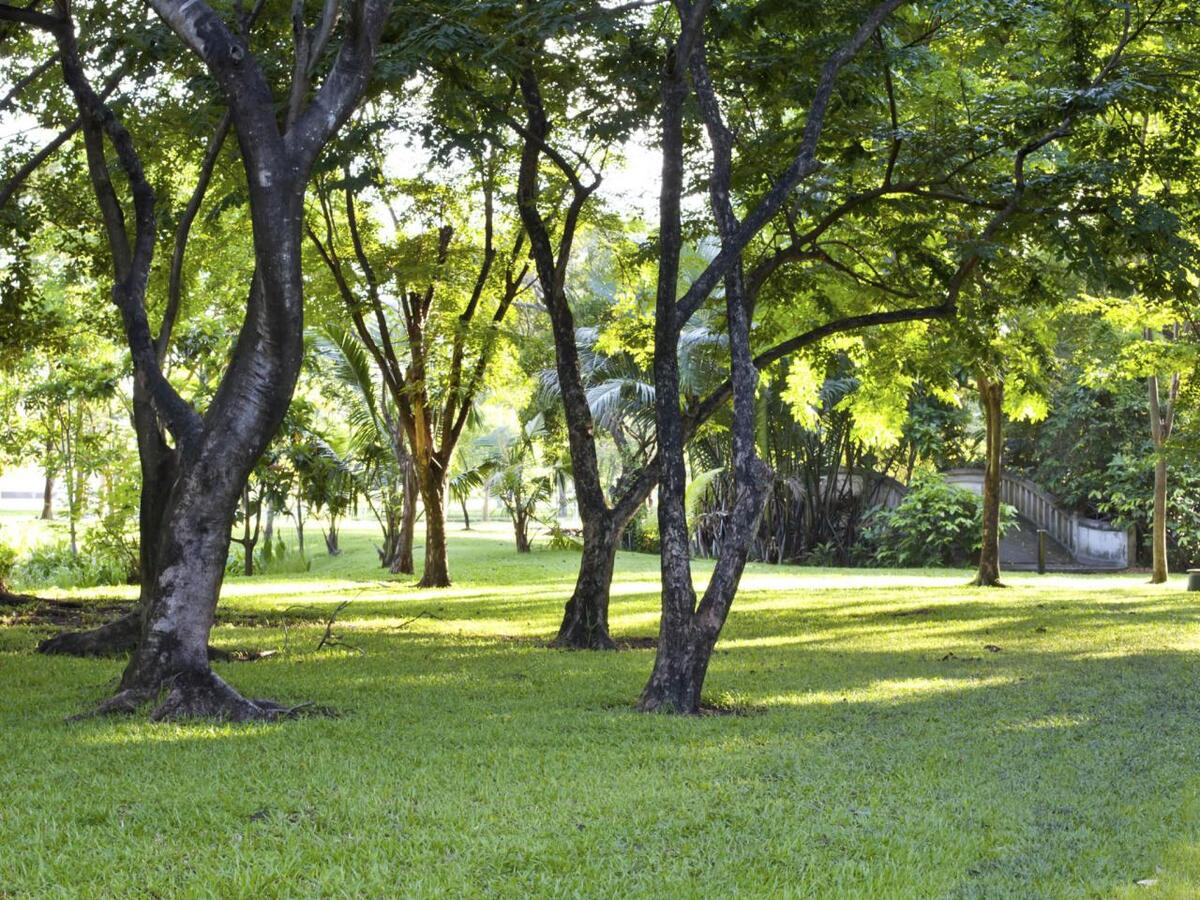


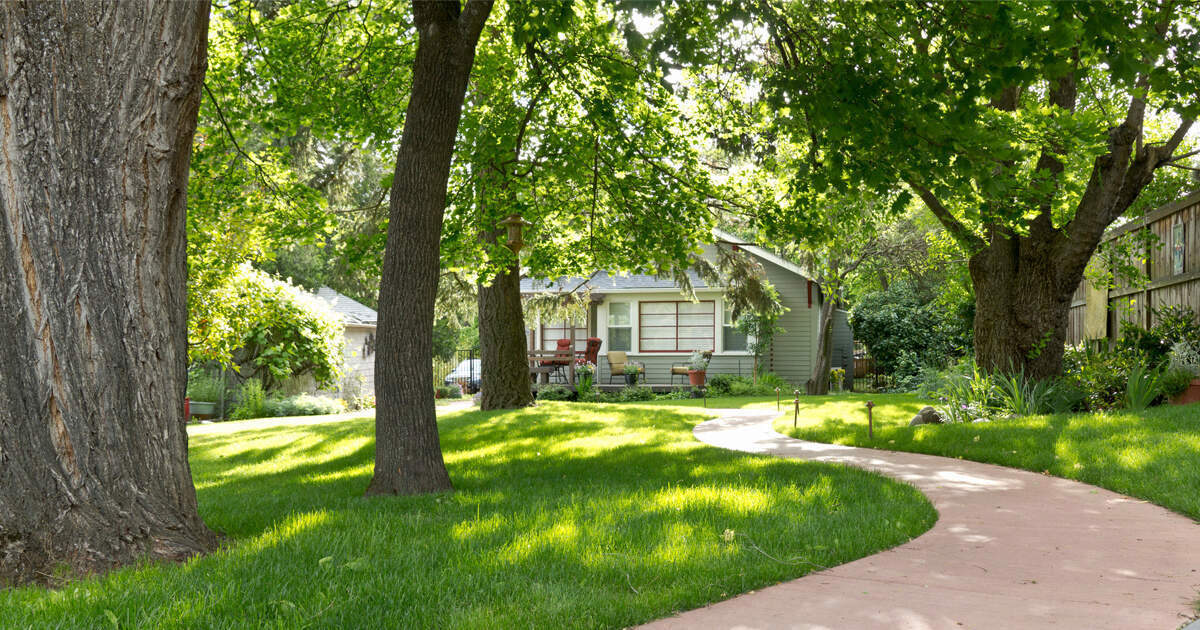
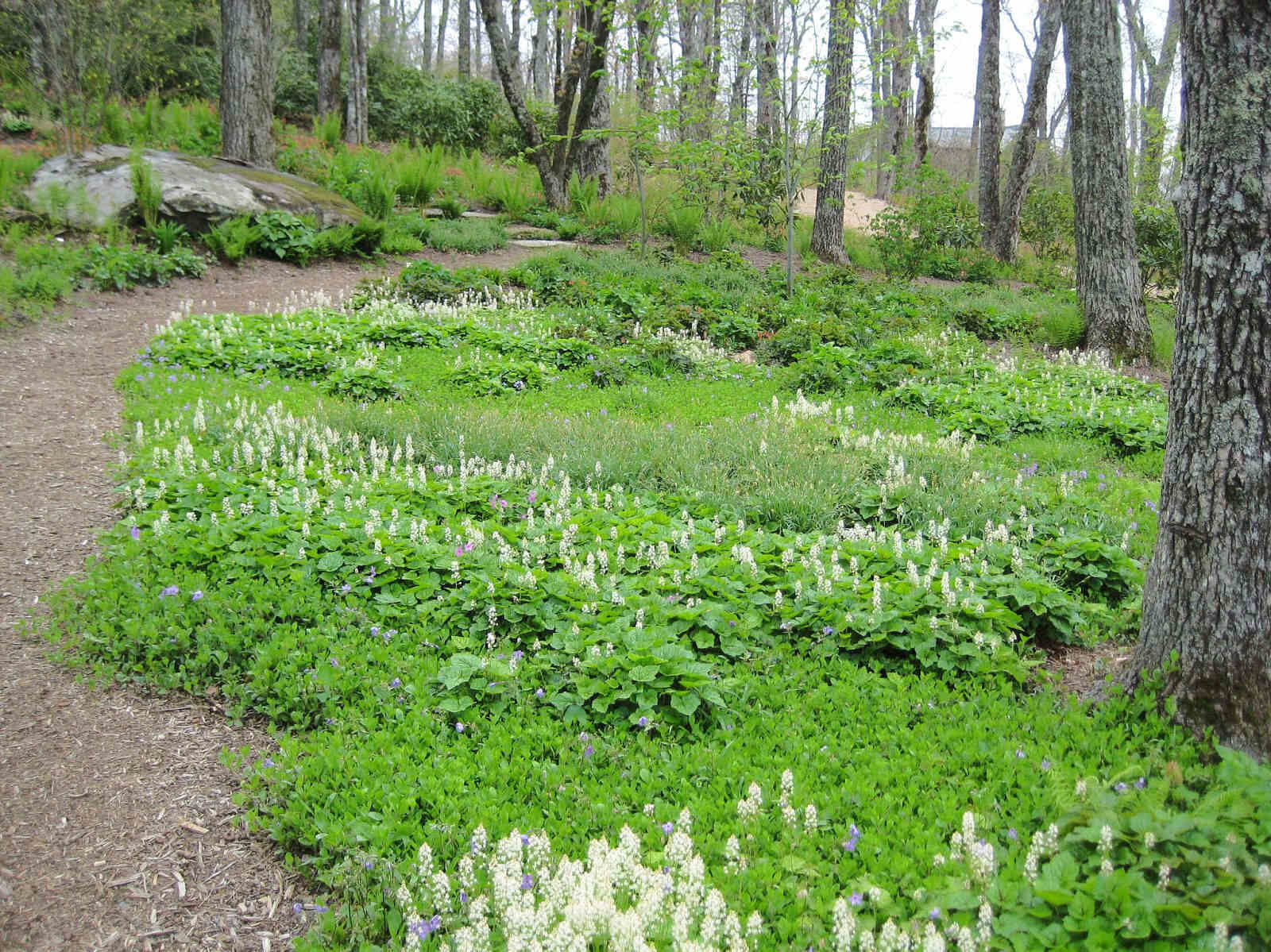

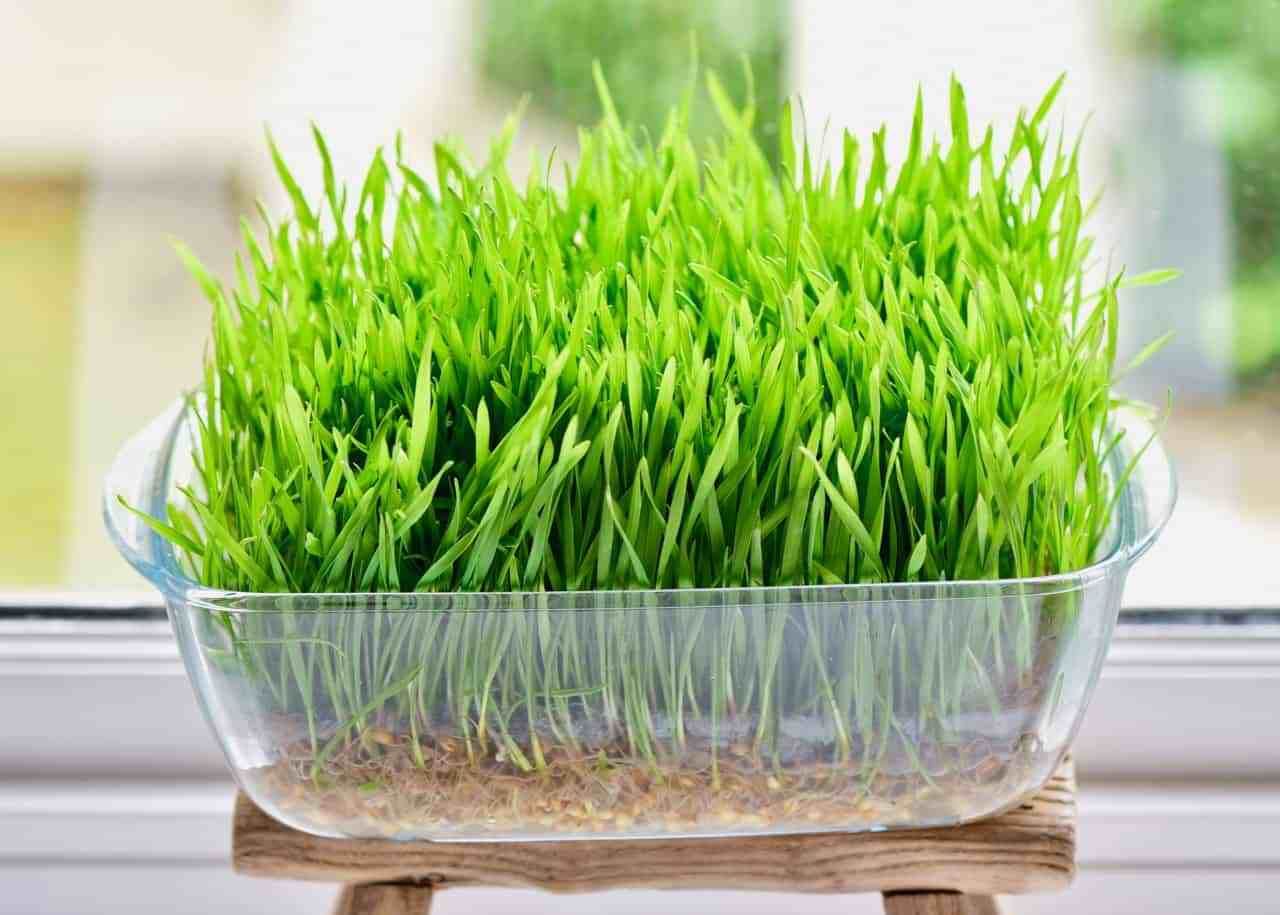

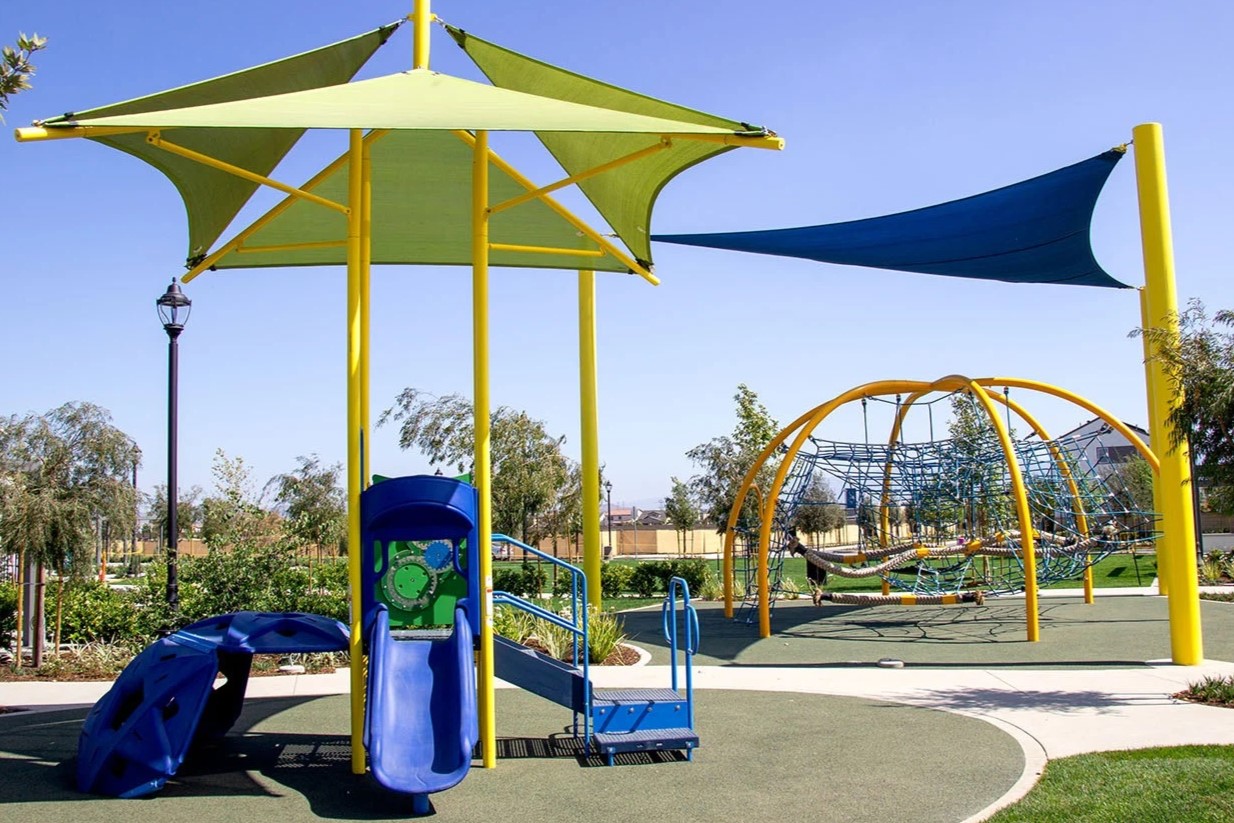
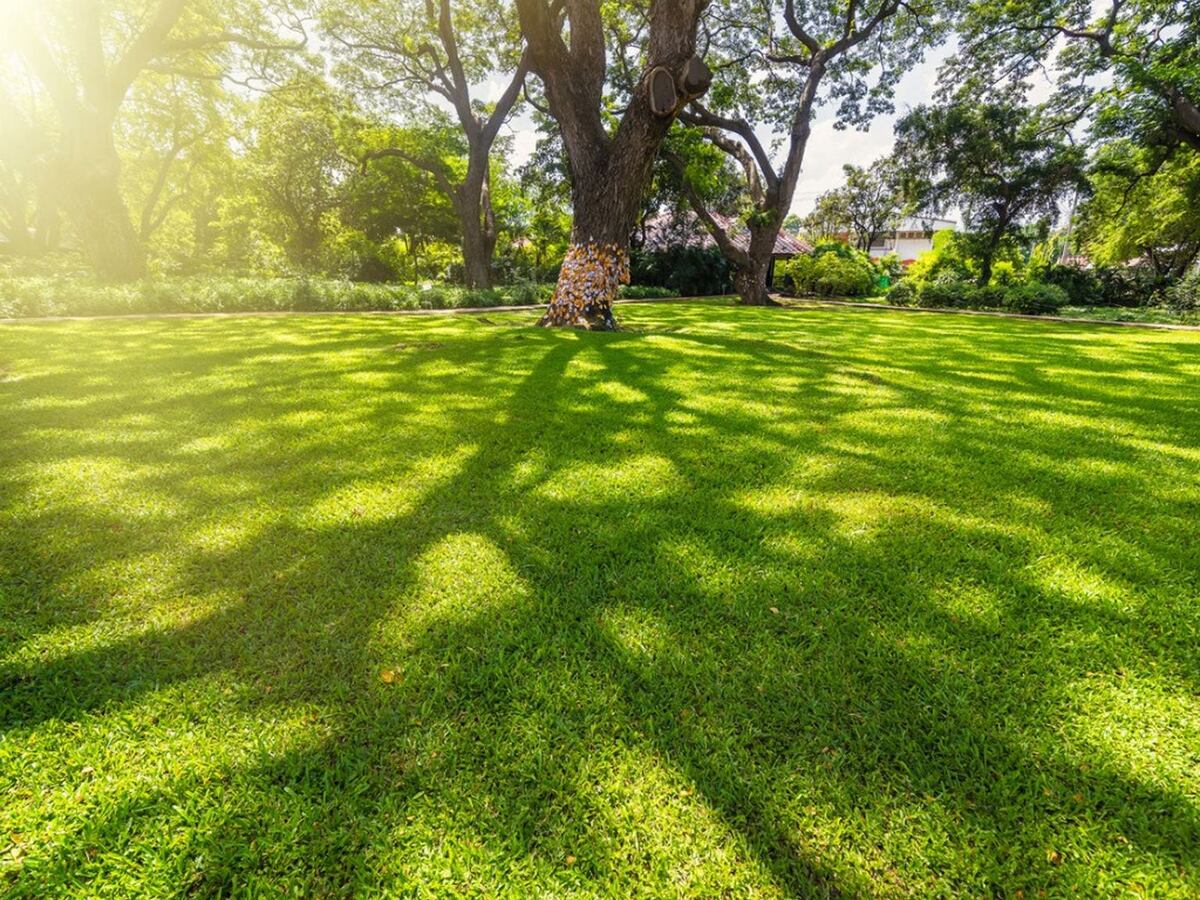
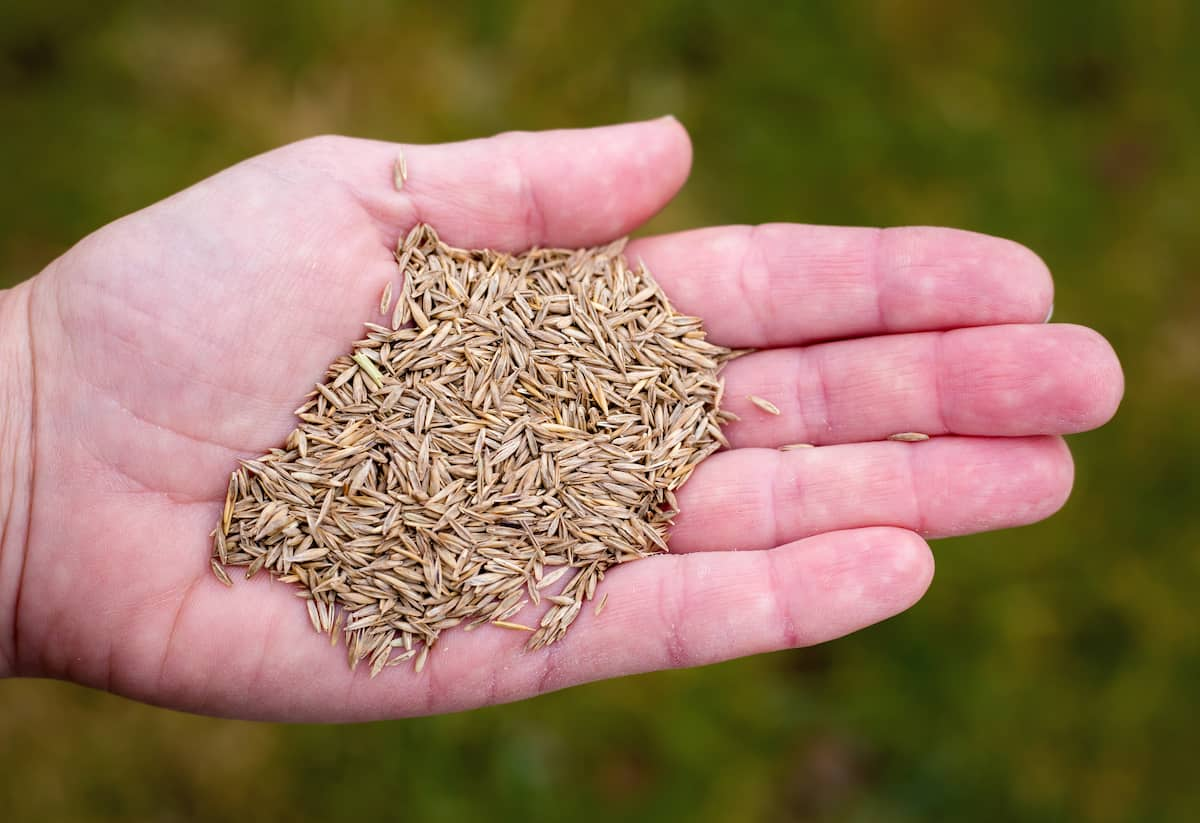
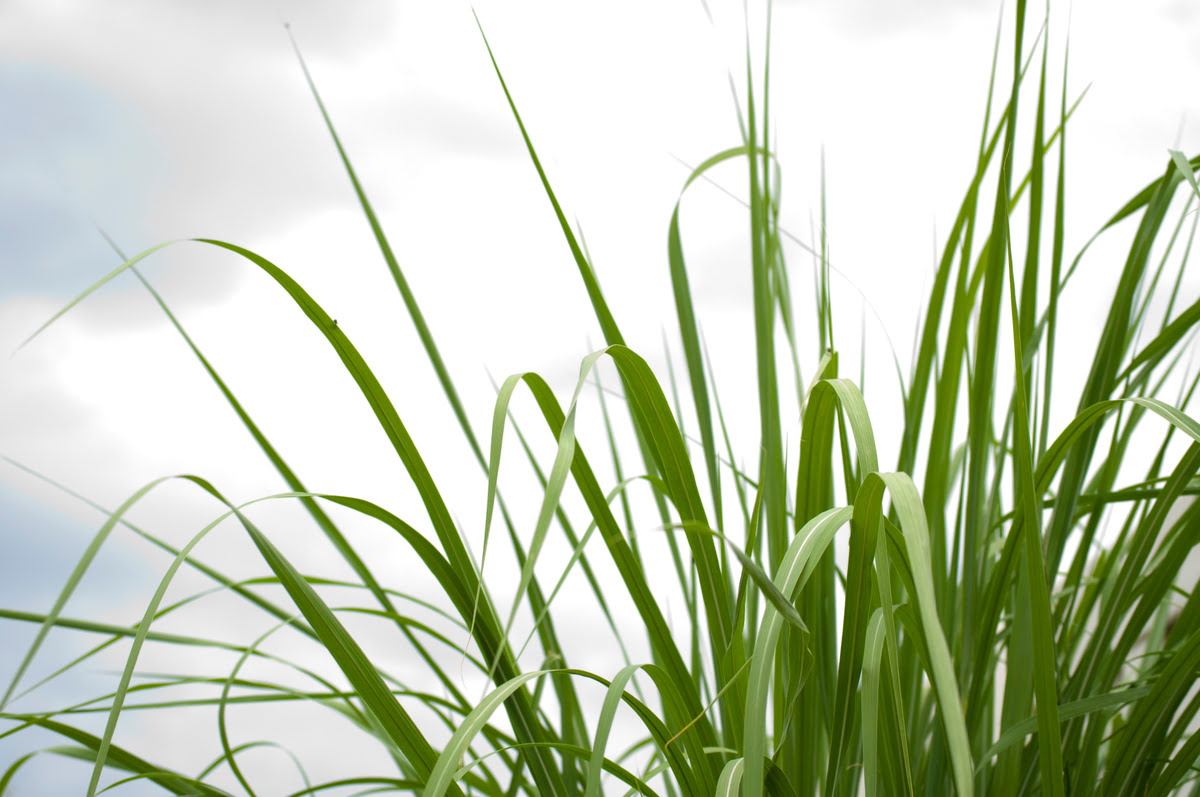
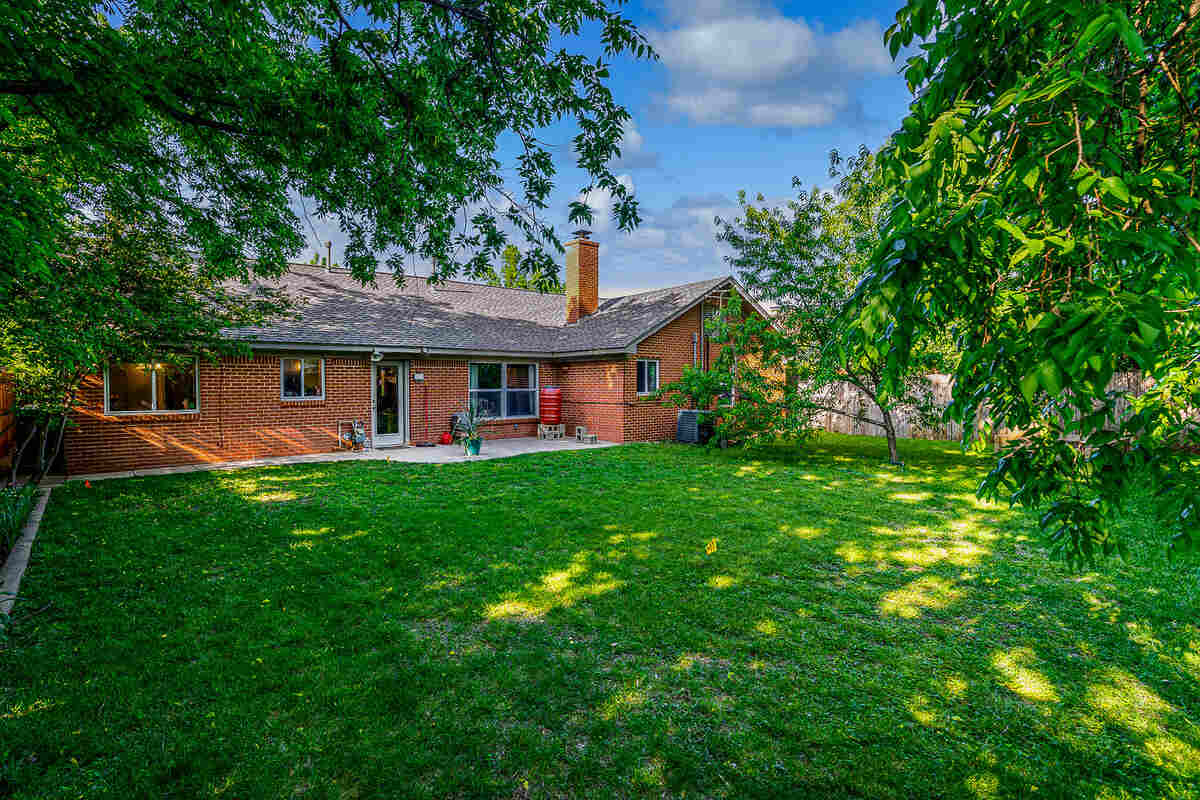
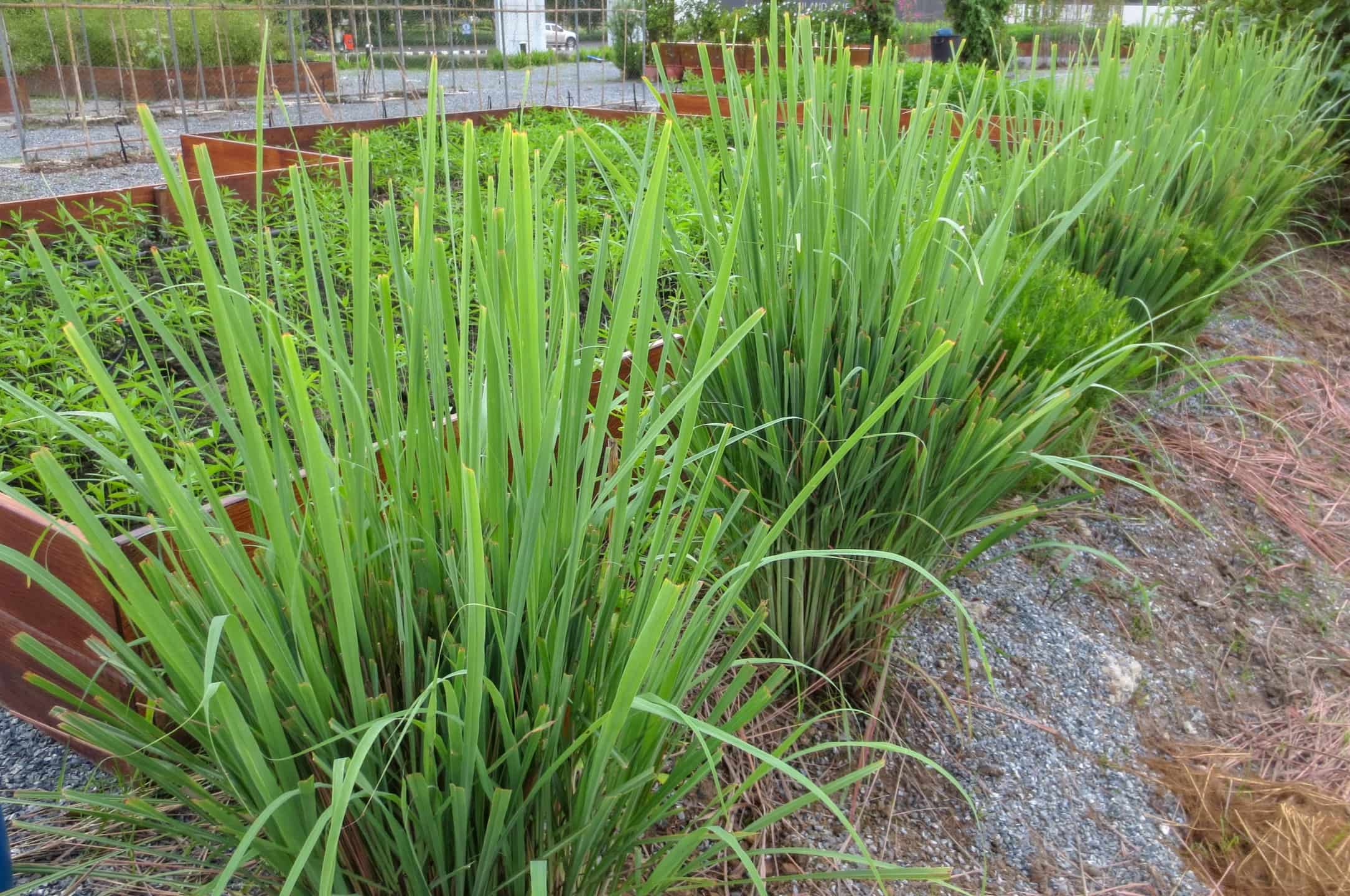

0 thoughts on “How To Grow Shade Grass”